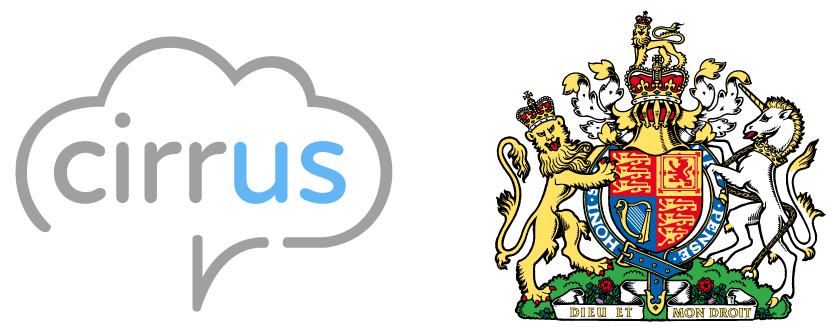The journey from call centres to today’s contact centres is like watching black-and-white TV turn into virtual reality. Back then, call centres were all about handling a high volume of calls as quickly as possible—not a great recipe for quality service. Over time, businesses realised that good service meant more than quick answers; it meant making customers feel valued and understood.
So, what’s this metaverse everyone keeps talking about? The concept of the metaverse, initially introduced in Neal Stephenson’s 1992 science fiction novel “Snow Crash” as a future iteration of the internet, has gained significant traction in contemporary discussions. Today, the metaverse is envisioned as an ever-expanding ecosystem that integrates virtual reality (VR) and augmented reality (AR), the Internet of Things (IoT), artificial intelligence (AI), and various other technologies. Blockchain underpins the economic structures, allowing for secure, transparent transactions and the creation of digital assets that users can own and trade.
Think of it as a giant virtual playground where the digital and physical worlds unite. It’s like jumping into a video game, where you can interact with environments and other people, but for real-life activities—shopping, attending concerts, or, yes, getting customer service help. It’s a space where avatars replace phone calls, making interactions more human, even when they’re virtual.
According to Gartner, 25% of people will spend at least an hour per day in the metaverse by 2026 and by the same year, 30% of all organisations in the world will have products and services ready for the metaverse.
Metaverse Technology with Contact Centres
Imagine popping into a virtual store to return an item or to ask about your latest bill. Instead of calling. Waiting on hold, you meet face-to-face with a service agent in the metaverse. They’re represented by an avatar, sure, but the conversation happens in real-time, with gestures and immediate responses. This isn’t just fun; it’s effective. It breaks down the impersonality of traditional phone systems and makes you feel heard and helped, all without stepping out of your living room.
Transitioning Contact Centres to the Metaverse
There are many potential benefits of metaverse environments for contact centres:
- Improved Customer Engagement: The metaverse enables a richer, more engaging customer service experience, where interactions can be as warm and personal as face-to-face meetings.
- Immersive Problem-Solving Experiences: Customers can demonstrate problems in real time, and solutions can be visualised and explained using immersive tools.
- Personalised Customer Service Through Avatars: Service agents, represented by avatars, can offer a more personalised and empathetic service, adapting their approach to the needs of each customer.
Challenges and Considerations
- Technological Barriers: High-quality VR headsets and robust internet connections are still not universally available, which could limit access to metaverse-based services.
- Privacy and Security Issues: The metaverse collects a vast amount of data, and safeguarding this information to protect user privacy and prevent breaches is paramount.
- Training and Adaptation for Staff: Transitioning to a metaverse environment will require significant training for customer service representatives in using the technology and managing interactions in a virtual space.
Real-World Examples
Many companies are already exploring or actively integrating metaverse platforms to enhance customer service and create unique consumer interactions. For instance, Nike has developed “Nikeland” on Roblox, a virtual space where users can engage with the brand in innovative ways, participating in games and exploring products virtually (The Future of Commerce). Similarly, Hyundai Motor Company launched “Mobility Adventure” in Roblox, which is a virtual world where users can explore different aspects of mobility and interact with the company’s latest products (The Future of Commerce).
Meta (formerly Facebook) is heavily investing in metaverse spaces with their Horizon Worlds, offering a platform where users can connect, collaborate, and share experiences through virtual reality. They’re focusing on creating virtual venues for work and social interaction and even hosting events (Built In). Another tech giant, Microsoft, embraces metaverse opportunities by integrating their services like Microsoft Teams into virtual reality platforms, enhancing collaborative work experiences in the metaverse (Built In).
The Future of Work in Contact Centres
As we look into the near future, it’s clear that the metaverse will play a significant role in the evolution of contact centres. These virtual environments will likely become commonplaces for customer service, where interactions are not just about solving problems but providing memorable experiences. We can expect these centres to operate more like customer engagement hubs, blending reality with digital enhancements to offer seamless, efficient service.
How Work Environments and Roles May Change with Virtual Spaces
In the metaverse, the physical constraints of traditional offices disappear, allowing for more dynamic and flexible work environments. Contact centre roles will expand beyond voice or chat support to include avatar management, virtual reality troubleshooting, and environment customisation experts. This shift will foster a more creative and technically skilled workforce, as employees will need to engage with customers in entirely new ways.
The Role of AI and Automation in Shaping the Future Contact Centre
AI and automation will continue to be pivotal, handling routine inquiries and tasks, thus freeing up human agents to tackle more complex or sensitive issues that require a personal touch. Moreover, AI can enhance the metaverse experience, offering real-time analytics, personalised customer interactions, and even managing virtual spaces autonomously.
Implications for Employment and Training
The skill sets required in this new era will skew towards digital literacy, with a strong emphasis on managing virtual interactions and understanding immersive technologies. Employees must be adept at navigating VR and AR platforms, understanding blockchain for transactions, and managing data privacy in virtual spaces.
Training Programs and Educational Initiatives Needed
Comprehensive training programs will be essential to equip the workforce for these changes. These should include simulations and real-time role-playing scenarios within the metaverse, enabling employees to gain fluency in the technology before interacting with customers. Additionally, continuous learning will be crucial to keeping pace with evolving tech.
The Impact on Employment Numbers in the Industry
While automation suggests a reduction in the number of traditional roles, the expansion into new virtual environments could broaden the scope of employment opportunities in the industry. New roles will emerge, and while some traditional jobs may be phased out, the overall employment landscape within contact centres will shift towards more specialised, tech-focused roles.
Conclusion
To stay ahead, businesses and employees alike must be proactive about embracing these technologies. The future will favour those ready to adopt new technologies and drive innovation within them. For contact centres, the move into the metaverse isn’t just a technological upgrade; it’s a strategic progression crucial for future readiness in a digital-first world.
Cirrus is leading the way in creating contact centre solutions for the future. If you are looking for a forward-thinking, consultative solutions provider to help you build sustainable customer experience solutions, contact us today for a consultation.




